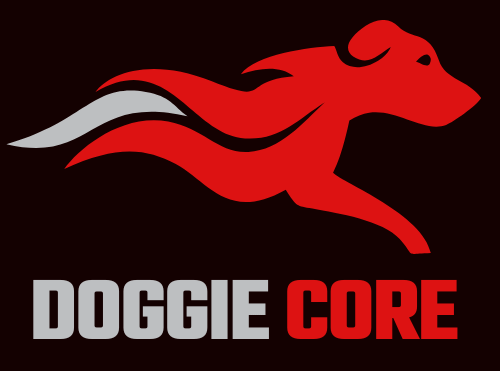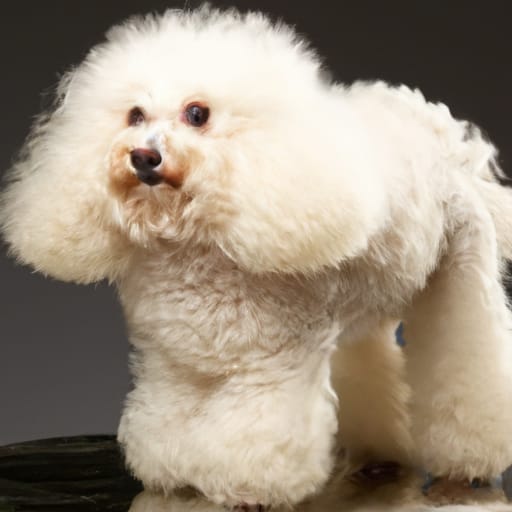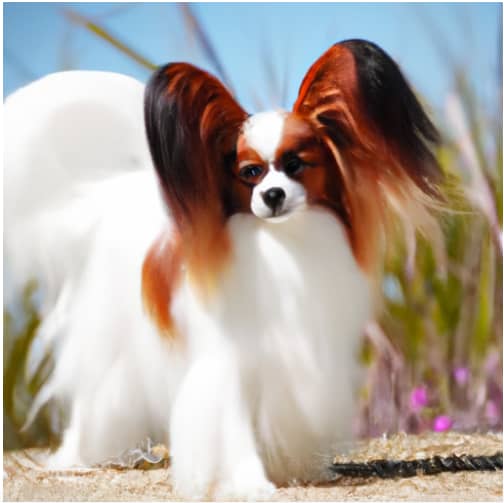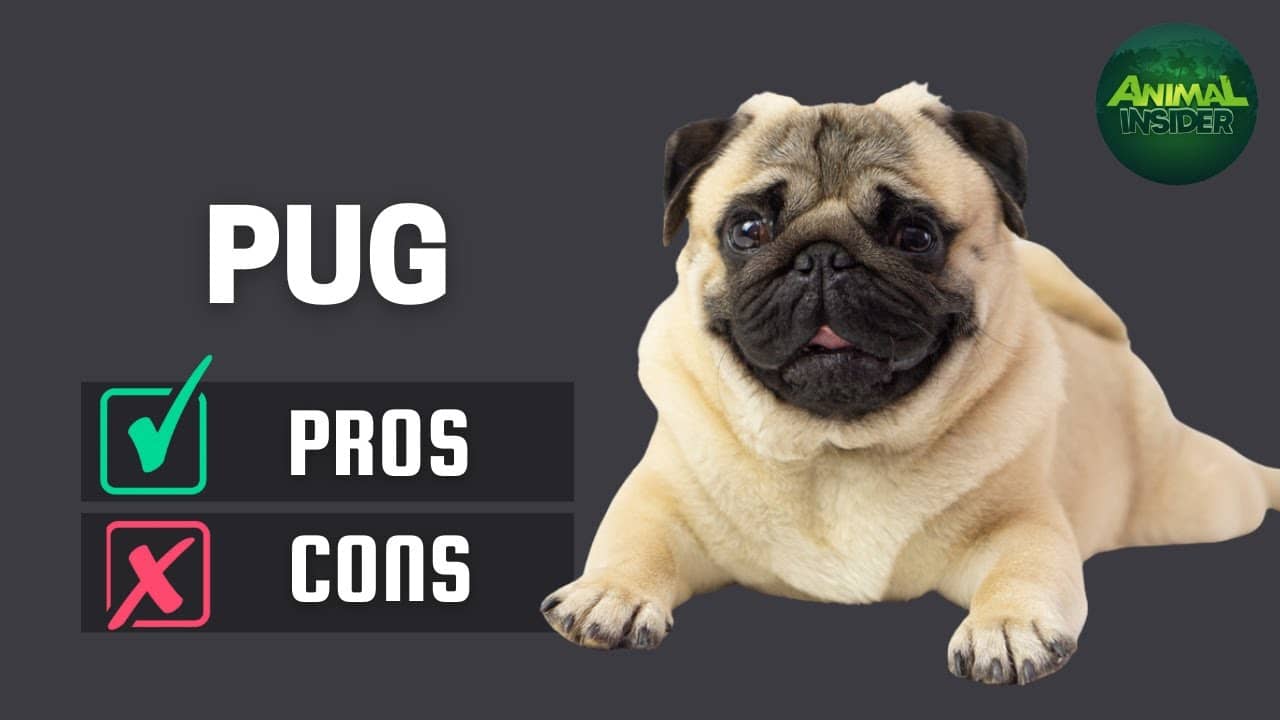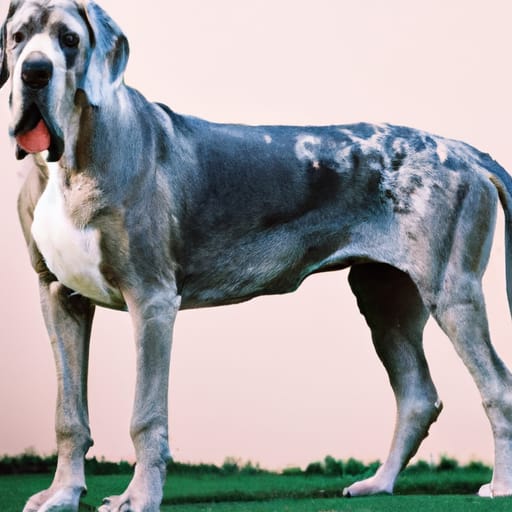Maltipoos Shedding: Why Do Maltipoos Shed?
Do Maltipoos Shed? Are you a proud Maltipoo owner, puzzled by your pup’s shedding? Look no further, as we aim to uncover the reasons behind Maltipoo shedding in this article. Whether you’re a new Maltipoo owner or have had one for years, understanding the shedding patterns of this adorable mixed breed can help you better care for their unique coat. From exploring the genetic factors behind shedding to discussing tips and tricks for managing it, we’ll provide you with all the information you need to maintain your Maltipoo’s luscious locks. Say goodbye to the mystery of Maltipoo shedding as we dig into the details!
Causes of Shedding
Genetics
One of the main causes of shedding in dogs, including Maltipoos, is their genetic makeup. Certain breeds are more prone to shedding due to their coat type and the specific genes they inherit. Some breeds have a double coat or thicker hair follicles, which naturally lead to more shedding. It’s important to note that Maltipoos are a crossbreed between a Maltese and a Poodle, both of which are low-shedding breeds. However, because Maltipoos are hybrid dogs, their shedding can vary depending on the traits they inherit from each parent.
Seasonal Shedding
Another common cause of shedding in Maltipoos is seasonal shedding. Just like many other animals, dogs go through a shedding cycle in response to changes in the seasons. During the warmer months, dogs tend to shed their winter coat in preparation for the summer. This is particularly true for Maltipoos that have inherited more of the Poodle’s curly, dense coat. While Maltipoos are generally low-shedding, they may still experience some degree of seasonal shedding, especially during the transition between seasons.
Allergies
Allergies can also contribute to excessive shedding in Maltipoos. Dogs can be allergic to various environmental allergens, such as pollen, dust mites, or certain types of food. When a dog is exposed to allergens, their immune system reacts, leading to itchiness and inflammation. This can cause them to scratch excessively, which in turn can result in hair loss and shedding. Identifying and managing any allergies your Maltipoo may have can help reduce shedding and improve their overall well-being.
Skin Conditions
Certain skin conditions can cause excessive shedding in Maltipoos. Conditions such as dermatitis, mange, or fungal infections can disrupt the normal hair growth cycle and lead to hair loss. These conditions often result in itching and irritation, which can further contribute to shedding. Regular veterinary check-ups and proper grooming can help identify and address any underlying skin conditions, reducing shedding in the process.
Hypoallergenic Myth
Understanding Hypoallergenic Breeds
Before we dive into the specific relationship between Maltipoos and allergies, it’s important to understand the concept of hypoallergenic breeds. Hypoallergenic refers to breeds that are less likely to trigger allergies in people who are sensitiveto pet dander and other allergens. While no dog breed is 100% hypoallergenic, some breeds are known to produce fewer allergens or have coats that are less likely to shed.
Maltipoos and Allergies
Maltipoos are often regarded as a good choice for individuals with allergies or asthma due to their hypoallergenic nature. Because both Maltese and Poodles are low-shedding breeds, Maltipoos typically inherit this trait. Their curly or wavy coat is less likely to shed excessively and thus releases fewer allergens into the environment. However, it’s important to note that individual sensitivity to allergens can vary, and some people may still react to Maltipoos, albeit to a lesser extent. If you’re considering a Maltipoo as a hypoallergenic option, spending time with the dog before making a decision is advised to gauge your personal reaction.
Managing Shedding
Regular Grooming
One of the most effective ways to manage shedding in Maltipoos is through regular grooming. Regular brushing helps remove loose and dead hair from your Maltipoo’s coat, preventing it from falling all over your home. It’s recommended to brush your Maltipoo at least once or twice a week, using a slicker brush or comb that is suitable for their coat type. This not only reduces shedding but also keeps their coat healthy and free from tangles or mats. Additionally, it can be helpful to schedule occasional professional grooming sessions to maintain their coat’s condition.
Proper Nutrition
Proper nutrition plays a crucial role in preventing excessive shedding. Providing your Maltipoo with a balanced and high-quality diet can help promote healthy skin and coat. Look for dog food formulas that include essential fatty acids, such as Omega-3 and Omega-6, as these nutrients support the overall health of their skin and reduce the likelihood of shedding. Consult with your veterinarian to determine the best diet options for your Maltipoo, taking into consideration their individual needs, age, and any specific dietary restrictions.
Environmental Factors
Environmental factors can also contribute to shedding in Maltipoos. Excessive heat and dryness can cause the skin to become dry and flaky, leading to increased shedding. Ensure that your Maltipoo has access to a cool and well-humidified environment, especially during hot or dry seasons. Additionally, ensuring they have enough fresh water and avoiding prolonged exposure to sunlight can help maintain their skin’s moisture and minimize shedding.
Signs of Excessive Shedding
Excessive Fur Loss
One of the telltale signs of excessive shedding in Maltipoos is a significant amount of fur loss. If you find an excessive amount of hair all over your home, on your furniture, or clinging to your clothes, it may indicate that your Maltipoo is shedding more than normal. Keep an eye out for large clumps of hair or tufts of fur coming off during grooming sessions or when petting your dog.
Bald Patches
Another sign of excessive shedding is the development of bald patches on your Maltipoo’s coat. If you notice areas where the fur has completely thinned out or there are visible bald spots, it’s a clear indication that something is amiss. Bald patches can be caused by various factors, including skin conditions, allergies, or even hormonal imbalances. Consulting with a veterinarian can help identify the underlying cause of these bald patches and find appropriate solutions.
Itching and Irritation
Excessive shedding in Maltipoos can often be accompanied by itching and irritation. If your Maltipoo is scratching or licking their skin excessively, it may be a sign that they’re experiencing discomfort or allergies. Scratching can further aggravate the skin, leading to more hair loss and shedding. Pay attention to any signs of redness, inflammation, or visible irritation on your Maltipoo’s skin, as this could indicate an underlying issue that requires attention.

Preventing Shedding
Bathing and Brushing
Regular bathing and brushing are essential for preventing shedding in Maltipoos. Bathing your Maltipoo once every 4-6 weeks helps keep their coat clean and healthy, removing any dirt or debris that may contribute to shedding. Use a gentle, hypoallergenic shampoo specifically formulated for dogs to avoid drying out their skin. After bathing, make sure to thoroughly dry their coat to prevent any moisture-related skin issues. Regular brushing, as mentioned earlier, helps remove loose hair before it ends up on your furniture or clothing.
Using Hypoallergenic Shampoos
Using hypoallergenic shampoos can be beneficial for Maltipoos, especially if they have sensitive skin or allergies. Hypoallergenic shampoos are formulated with mild ingredients that are less likely to cause irritation and trigger allergic reactions. These shampoos can help maintain your Maltipoo’s skin health and reduce shedding. However, it’s important to consult with your veterinarian before using any new products on your dog to ensure they are suitable for their specific needs.
Avoiding Stress
Stress can contribute to excessive shedding in Maltipoos, just as it can in humans. Dogs, including Maltipoos, can experience stress due to various factors, such as changes in their environment, separation anxiety, or socialization issues. Minimizing stressors and providing a calm and comforting environment for your Maltipoo can help reduce shedding. Engage in activities that promote mental and physical stimulation, such as regular exercise and playtime. If necessary, consider consulting with a professional dog trainer or behaviorist to address any underlying stress-related issues.
Treating Shedding
Consulting a Veterinarian
If you’ve tried various prevention methods and your Maltipoo’s shedding persists or worsens, it’s essential to consult with a veterinarian. A veterinarian can conduct a thorough examination and run any necessary tests to identify any underlying health conditions that may be causing the excessive shedding. They can provide appropriate treatment options or recommend further actions based on their findings. Early intervention can help alleviate your Maltipoo’s discomfort and prevent further hair loss.
Addressing Health Issues
In some cases, excessive shedding in Maltipoos may be a symptom of an underlying health issue. Hormonal imbalances, thyroid problems, or certain diseases can cause abnormal shedding patterns in dogs. If your veterinarian determines that there is an underlying health issue, they will provide guidance on the appropriate course of treatment. It’s crucial to follow their recommendations and administer any medications or therapies as prescribed to improve your Maltipoo’s overall health and reduce shedding.

Conclusion
Understanding the various causes and prevention methods for shedding in Maltipoos is essential for keeping your furry friend happy and healthy. While genetics, seasonal shedding, allergies, and skin conditions can contribute to shedding, regular grooming, proper nutrition, and a stress-free environment can help manage and reduce shedding. It’s important to monitor your Maltipoo for signs of excessive shedding and consult with a veterinarian if needed to address any underlying health issues. By taking proactive measures, you can ensure your Maltipoo’s coat stays beautiful and minimize the impact of shedding in your home.
